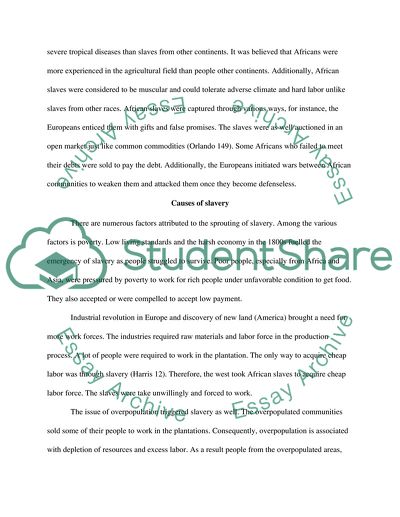Cite this document
(“Hardships of Slavery in the 1800s Essay Example | Topics and Well Written Essays - 1250 words”, n.d.)
Retrieved from https://studentshare.org/history/1645217-slavery-in-the-1800s
Retrieved from https://studentshare.org/history/1645217-slavery-in-the-1800s
(Hardships of Slavery in the 1800s Essay Example | Topics and Well Written Essays - 1250 Words)
https://studentshare.org/history/1645217-slavery-in-the-1800s.
https://studentshare.org/history/1645217-slavery-in-the-1800s.
“Hardships of Slavery in the 1800s Essay Example | Topics and Well Written Essays - 1250 Words”, n.d. https://studentshare.org/history/1645217-slavery-in-the-1800s.


